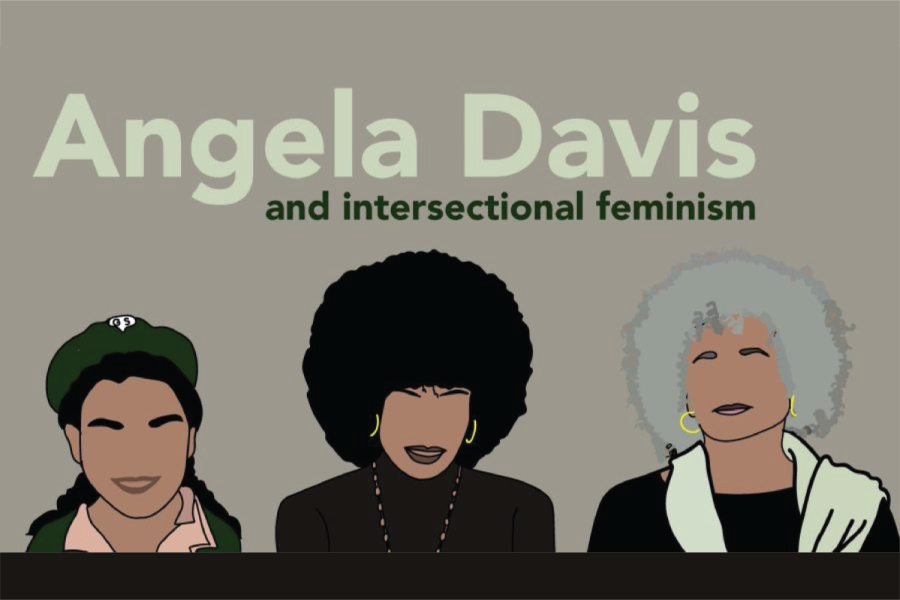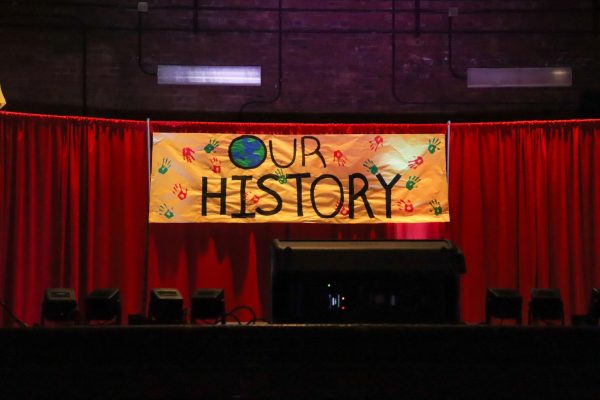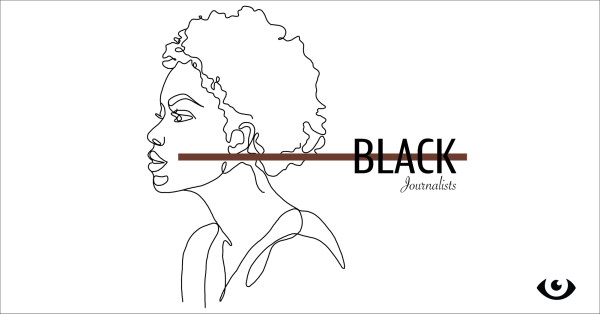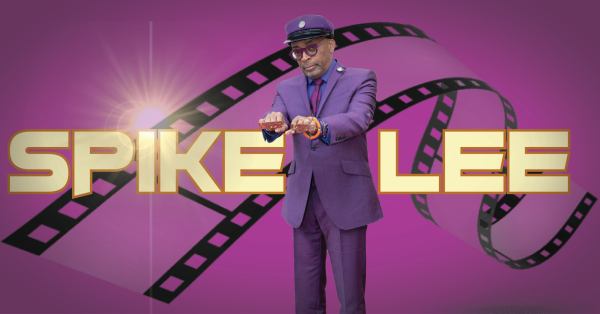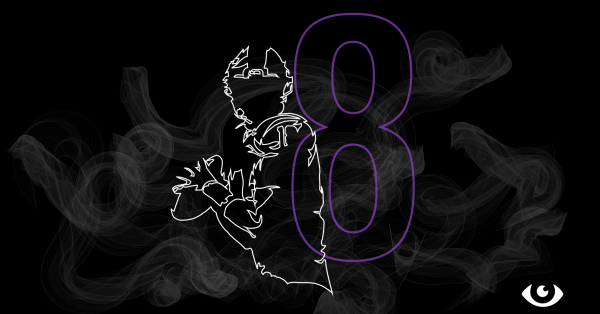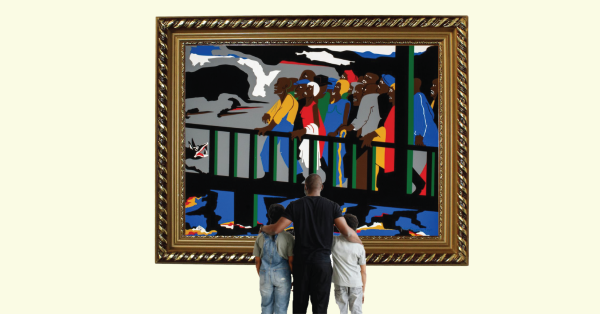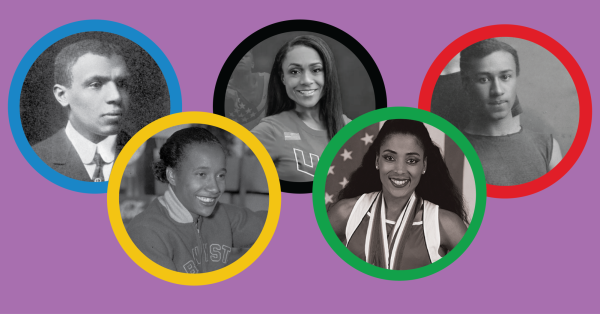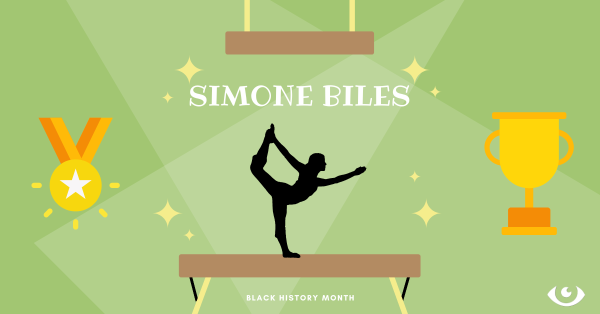BHM: How Angela Davis transformed intersectional feminism
Throughout her years as an activist and scholar, Davis had to define for herself what feminism meant as a Black woman living in an oppressive society.
February 13, 2022
Angela Yvonne Davis: a Black revolutionary, scholar, author, activist. Davis was born in 1944, in Birmingham, Alabama and began advocating for her beliefs at just ten years old, after becoming a Girl Scout. She was named as TIME’s 1971 Woman of the Year and continues to speak out against human injustices.
Davis grew up in “Dynamite Hill” neighborhood, nicknamed such due to the many bombings the Ku Klux Klan used to scare Black residents away from middle-class housing. She heavily protested racial segregation after becoming a Girl Scout and soon was placed in an integrated high school. Later on, she became one of three Black students admitted into Brandeis University.
Her journey into civil and human rights continued on in her scholarly years. Davis studied with philosopher Herbert Marcuse, who introduced her to Marxist literature. These ideals revealed to her the answers to all the questions she had throughout her time as an activist. It is this defining moment that opened her to the full extent of her work as an intersectional activist and abolitionist and of which she furthers her beliefs upon.
Davis accredits the oppression of minorities and poor people to capitalism, a structure that can only thrive under the oppression of the unfortunate. She believes that if the proletariat can achieve equality, then so can all oppressed groups.
Her support of the Soledad Brothers and having membership in the Black Panthers and in an all-Black branch of the Communist Party (Che-Lumumba Club) made her a controversial figure in the 70s and 80s. Davis was declared one of the FBI’s Ten Most Wanted Fugitives after she was found to have purchased many of the firearms involved in a murder and hostage situation in a Marin County courtroom conducted by Jonathan Jackson, who had demanded the Soledad Brothers’ release from jail. When she was caught and jailed, her prior anti-war and anti-racist sentiments inspired others like John Lennon and Yoko Ono to stand up to join the “Free Angela” campaign. She was finally acquitted after more than a year, with bail paid by her supporters. Her first-hand experiences with the cruelties prisoners endured only strengthened her prior beliefs.
Although she supported the Black Panthers’ message, she found that they—like many other organizations—continued to follow patriarchal structures and saw Black women and Black LGBTQ+ members as lesser than Black straight men at the time. All these groups were fighting for the exact same cause, yet only some were seen as worthy of equality.
Davis began to challenge “glass ceiling” feminism, a type of feminism that follows “bourgeois, white, carceral” feminism. A feminism that believes women at the top of the social ladder need to break through a metaphorical ceiling to be placed equally to white men. A feminism that yet again ignores Black women (especially Black trans/queer women) and poor women. A feminism that continues to lift up capitalism by implying that only certain women—white and rich women—are allowed to reach the top, leaving behind the women who face multiple systems of oppression at the bottom of the metaphorical staircase.
This privileged form of feminism that depends on capitalistic hierarchy is nowhere near a new concept. It was in 1920, that the 19th amendment finally passed. The year touted as the era giving American women the right to vote. A year of victory for all American women. Of course, in the fine print, this wasn’t exactly the case (thank you literacy tests and poll taxes!) and women of color couldn’t celebrate the same right. It was only until the Civil Rights Act of 1964, which banned discriminatory policies intended to stop people of color from having equal rights, that Black women were able to freely exercise their right to vote. This is the true year that all American women gained the right to vote.
Davis recognized that it is only when all oppressed groups are liberated that one oppressed group can be liberated. She emphasized in her 2018 Lecture at the University of Costa Rica, “that not all women are white, that all blacks are not men.” For women to be liberated, that means Black women and other women of color are liberated. Not just white women.
Thinking that white women are at the center or the forefront of feminism is where the pitfalls of modern mainstream feminism lies. Thinking back on the topics that mainstream feminists focused on in the past few years, many of the issues focus on the wage gap or a limited view on the sexualization of women that rarely ever mentions racial stereotypes. While important issues, the way in which they are talked about are almost entirely white-centric.
Davis once believed that feminism was only for white people. Then she realized that the reason why she didn’t resonate with the feminism she knew of was because it was white feminism and she’s not white. What her own personal feminist beliefs lied in was not the typical feminism, but it was intersectional feminism. A feminism aware of Black women, other women of color, trans women, poor women and ultimately all women.
While the phrase “intersectional feminism” has become somewhat of a buzzword nowadays, Davis continues to insert her beliefs to define it in her current lectures. The meaning behind what being intersectional means has been deradicalized by mainstream feminism to fit a capitalistic mindset, contrary to Davis’ beliefs. Now, instead of just white rich women becoming businesswomen, women of color are now allowed in the workplace. Maybe not in a leadership position, but the diversity points are at least being reached.
However, Davis doesn’t just want other feminists to break through the “glass ceiling.” She wants to lay bricks onto the stairs that capitalism built to bring everyone to the top.
Her numerous lectures and books including “Women, Race, and Class” and “The Meaning of Freedom,” have inspired Black women and others to move away from the mainstream bourgeois, white feminism into Black feminism and abolitionist feminism that recognizes the differences in struggles from people with multiple oppressed identities.
To try to be intersectional under a capitalist system only further perpetuates systems of oppression, as capitalism itself is built on the oppression of others. Angela Davis’ tenacious work in fighting each of these systems and the economic structure they are built upon has given all women, especially Black women, a greater voice in the feminist conversation. Neither the patriarchy or racism is “inevitable,” contrary to what many try to tell.
Angela Davis is willing to fight until her last to see all oppressed people free. From her ten year old to now 78 year old self, she is and always will recognize each and every person in oppressed communities, especially the ones unrecognized by the mainstream.


